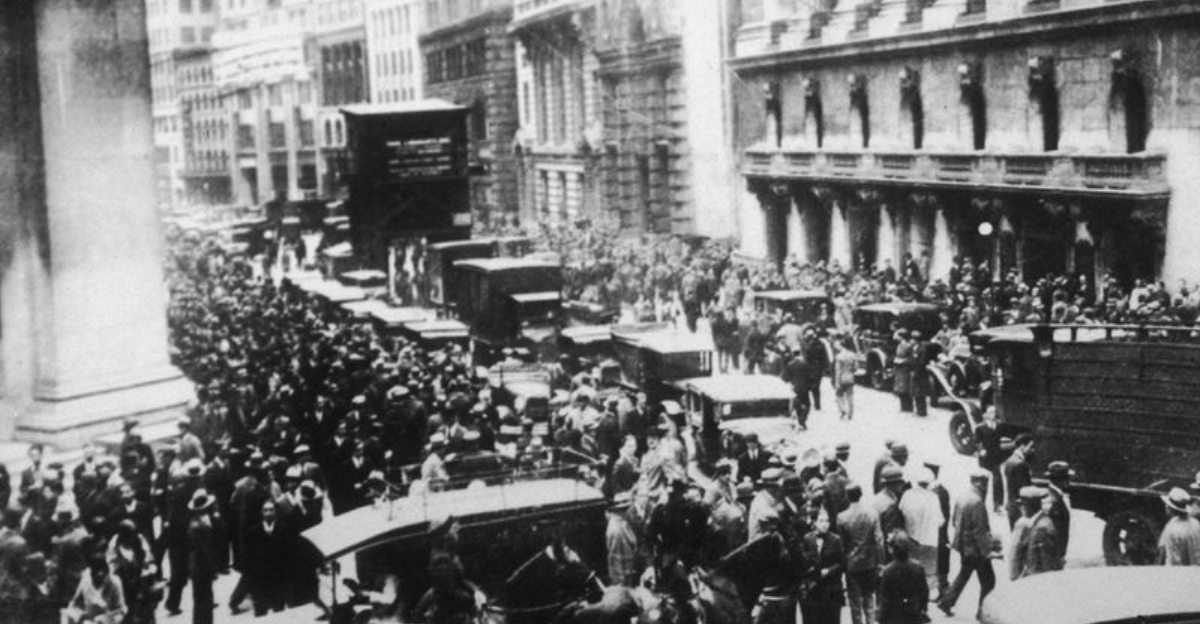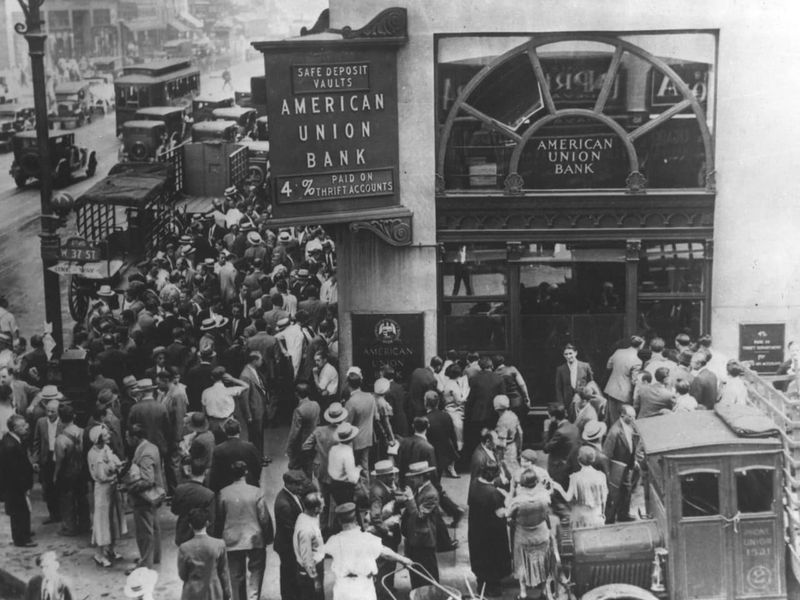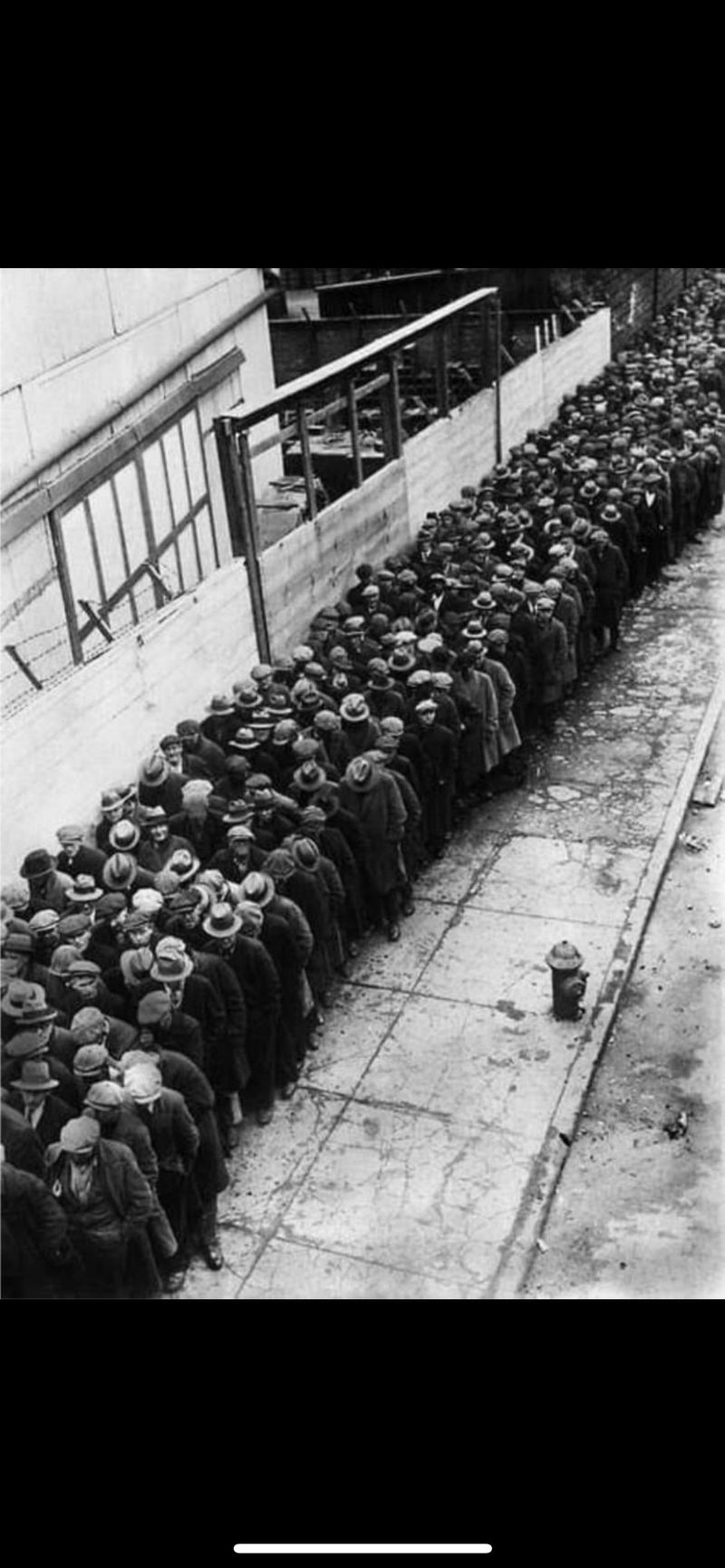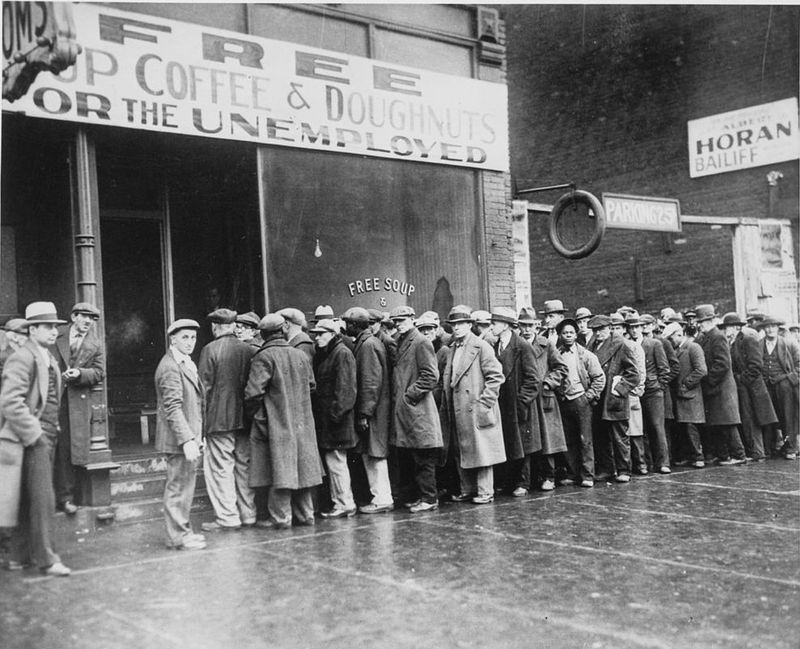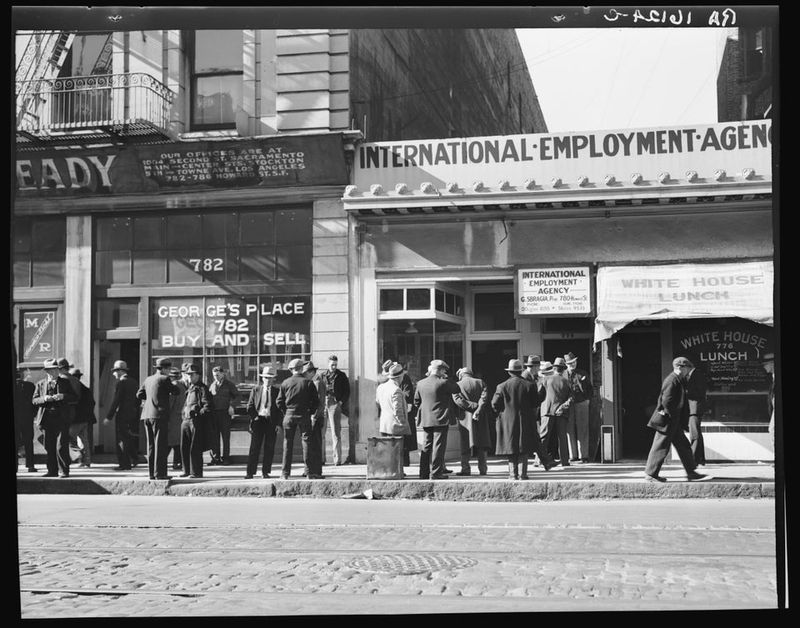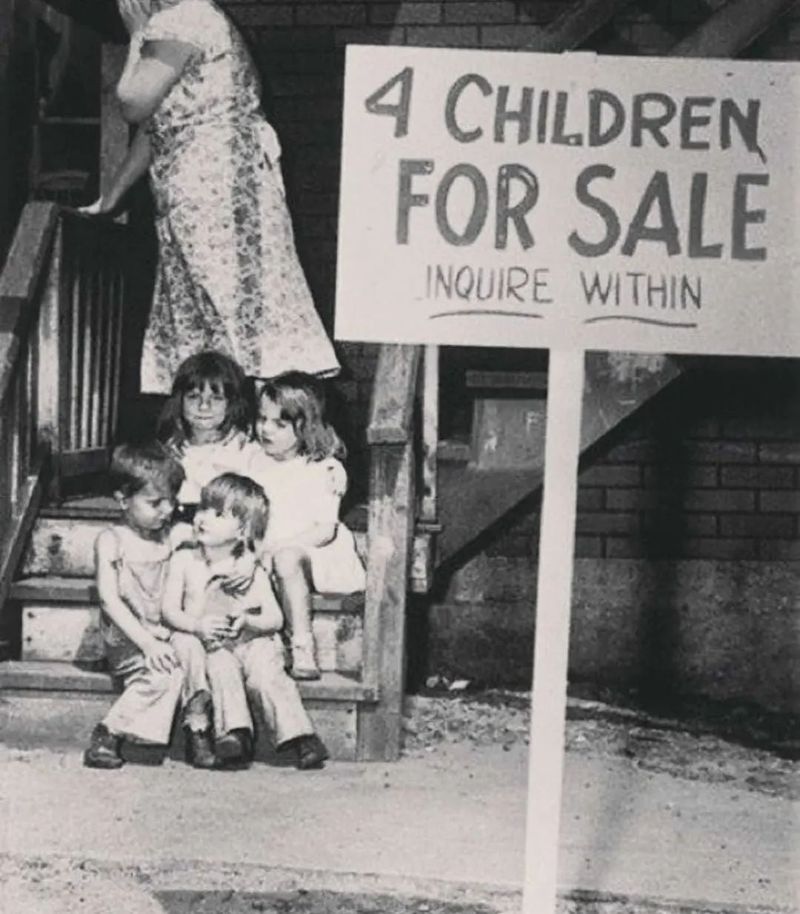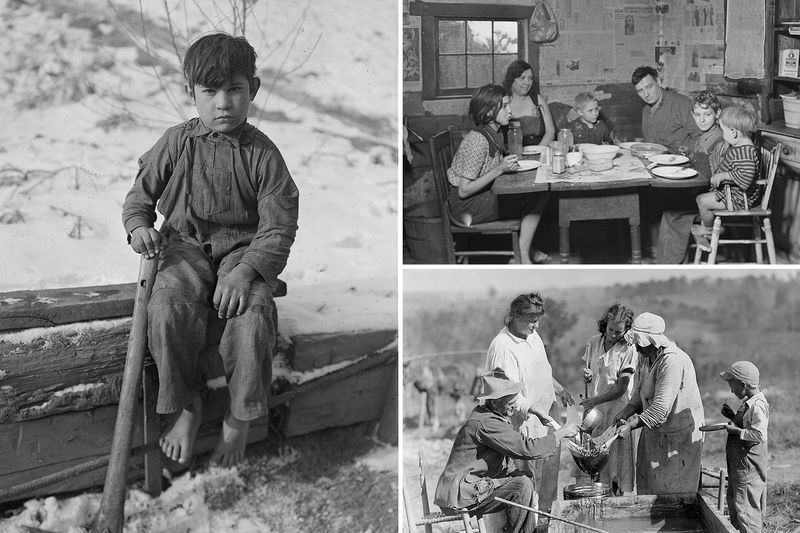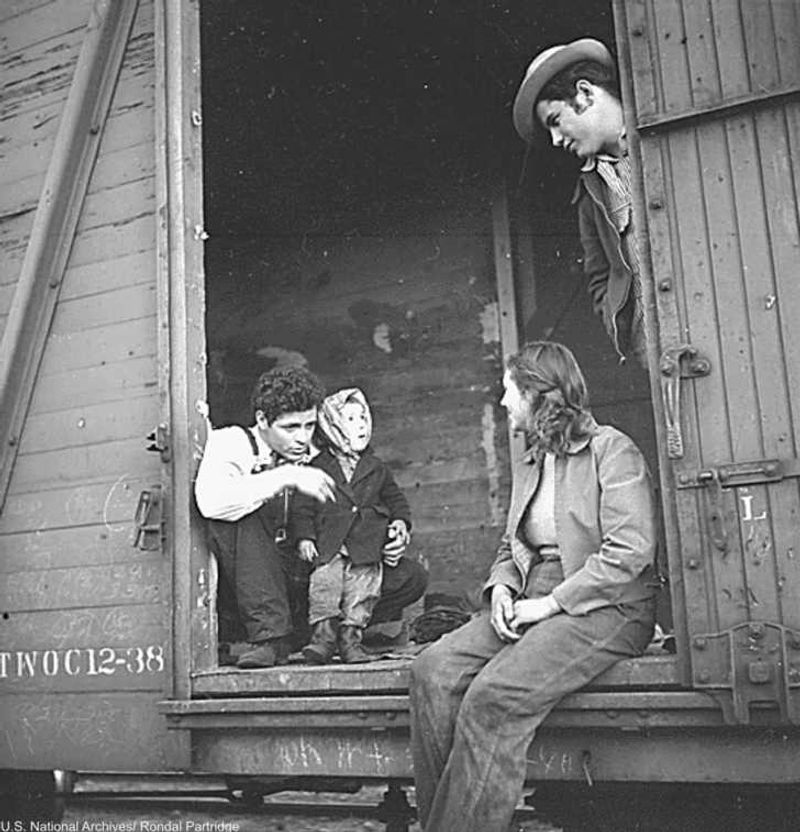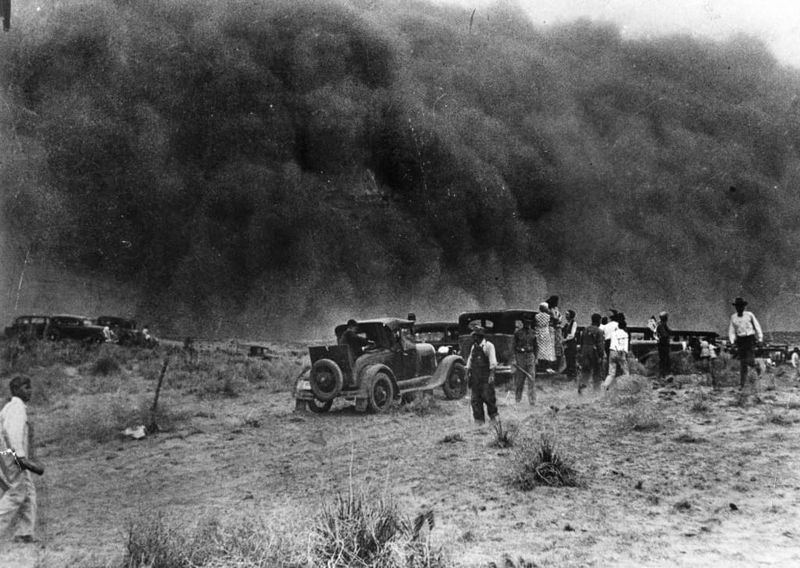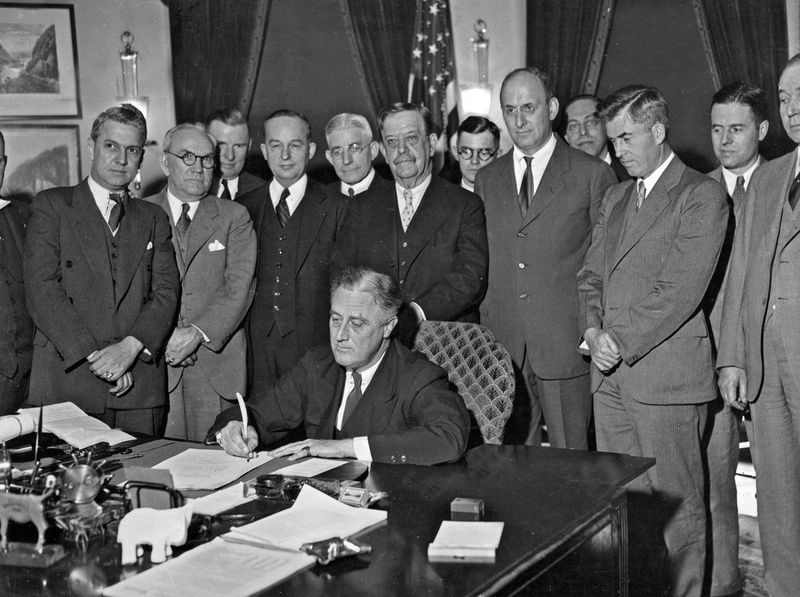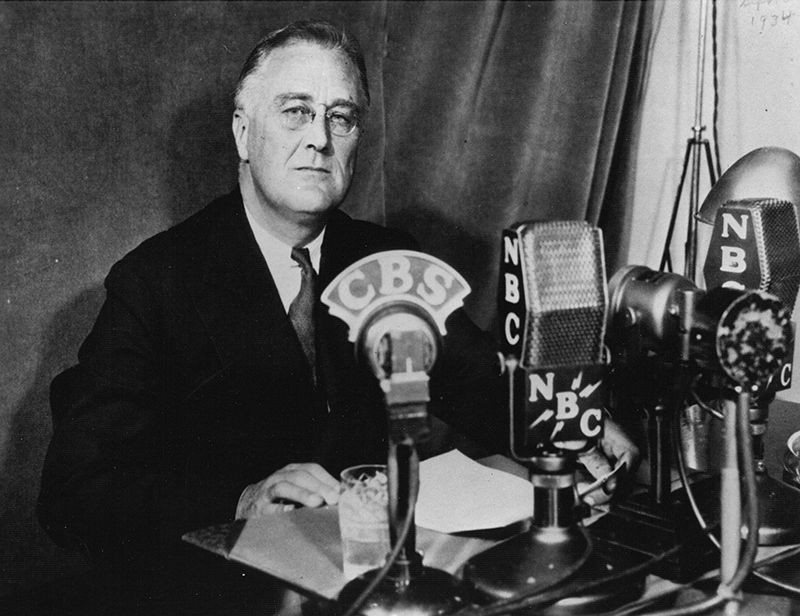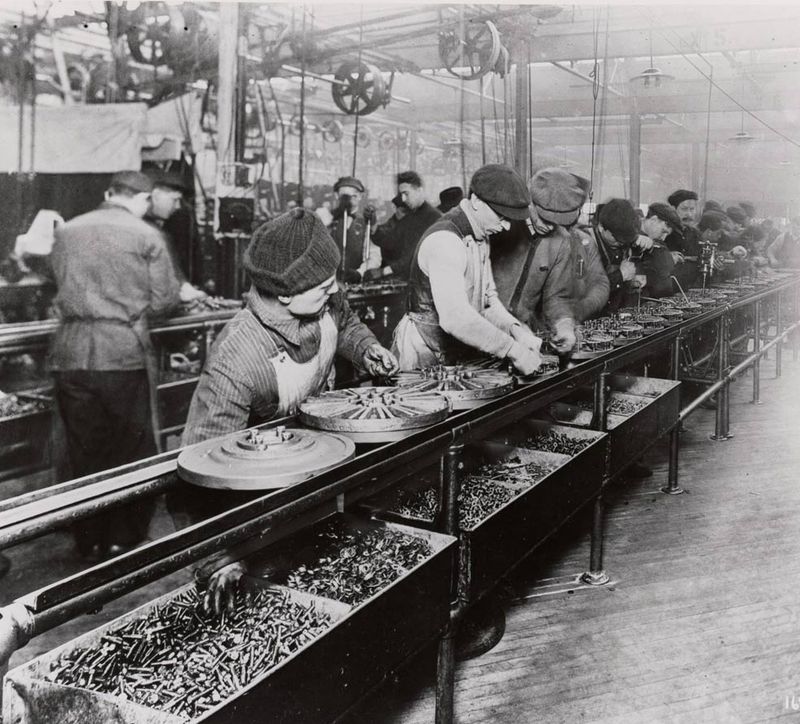The Great Depression was a period of severe economic hardship that affected millions of people worldwide. It began with the Stock Market crash on October 29, 1929, known as Black Tuesday.
This event marked the beginning of a decade-long economic downturn. The following items explore 21 eye-opening facts about the Great Depression, highlighting its impact on various aspects of life and the world at large.
1. The Stock Market Crash of 1929
On October 29, 1929, known as Black Tuesday, the stock market took a nosedive, erasing $14 billion in stock value in just one day. This crash marked the beginning of the Great Depression, leaving investors in shock.
The sudden collapse spread panic among the public, leading to widespread financial turmoil. This single event is often cited as the catalyst for the economic downturn that followed, forever changing the financial landscape.
2. Bank Failures in the Early 1930s
Between 1930 and 1933, over 9,000 banks failed across the United States, leaving many depositors without access to their savings. This widespread collapse eroded trust in the banking system.
The bank failures were a result of panic withdrawals and risky financial practices. Desperate to recover, people withdrew their funds, worsening the banks’ liquidity crisis and accelerating the economic downturn.
3. Peak of U.S. Unemployment
In 1933, U.S. unemployment reached a staggering 25%, impacting countless families across the nation. Jobs were scarce, and many struggled to make ends meet.
Entire industries suffered, with factories closing and urban centers hit hardest. This peak in unemployment exemplified the economic desperation and uncertainty of the era, pushing some to seek work in distant cities.
4. Decline in Wages and Industrial Output
Wages dropped by 42% during the Great Depression, and industrial output was halved. This decline reflected the severe contraction in economic activity.
Factories, once bustling with production, found themselves eerily quiet. The reduction in wages and output contributed to a cycle of economic stagnation, where fewer jobs led to decreased spending, further stalling recovery efforts.
5. Global Trade Collapse
Global trade declined by 65% during the Great Depression, affecting economies worldwide. International commerce ground to a near halt, impacting exports and imports.
The dramatic decline was worsened by protectionist policies and tariffs. Countries turned inward, attempting to shield their economies, but the lack of global cooperation exacerbated the economic crisis, leaving many nations struggling to recover.
6. Emergence of Hoovervilles
During the Great Depression, makeshift slums known as “Hoovervilles” sprouted across U.S. cities. Named derisively after President Hoover, these settlements housed the homeless and destitute.
Living conditions were dire, with families improvising shelters out of cardboard and wood. Despite their name, Hoovervilles became symbolic of the era’s pervasive poverty, highlighting the federal government’s perceived inaction during this crisis.
7. Soup Kitchens and Breadlines
Soup kitchens and breadlines became lifelines for millions during the Great Depression, offering free meals to those in need. They were often run by charities, churches, and community groups.
Lines stretched for blocks, with people of all ages waiting for sustenance. These services reflected the dire need for basic necessities and underscored the widespread hunger that gripped communities across the nation.
8. Families Selling Possessions
To survive the harsh economic times, many families sold their jewelry, heirlooms, and keepsakes. This sacrifice highlighted their struggle to afford basic necessities.
Parting with treasured items was emotionally taxing, yet essential for obtaining food and shelter. The sight of families selling their possessions became a poignant symbol of the personal impact of the Great Depression.
9. Children Sent Away
Desperation led some families to abandon their children or send them to live with relatives. The harsh economic conditions made it difficult to provide for all.
Children faced uncertainty and separation from their loved ones, a heart-wrenching consequence of the era. This tragic reality underscored the profound social impact of the Great Depression on family structures.
10. Teenage Hobos
Many teenagers became “hobo kids,” riding freight trains in search of work during the Great Depression. Their journey was fraught with danger and uncertainty.
These young wanderers epitomized resilience, as they traversed the country hoping to find opportunities. Their stories of adventure and hardship became emblematic of the era’s youthful determination and the desire for a better life.
11. The Dust Bowl Disaster
The Dust Bowl, occurring from 1930 to 1936, turned fertile farmlands into wastelands. Severe drought and poor farming practices led to massive dust storms.
Farmers watched helplessly as their crops failed, and many were forced to leave. The Dust Bowl compounded the economic woes of the Great Depression, adding environmental disaster to financial ruin.
12. Mass Migration from the Dust Bowl
Approximately 2.5 million people fled the Dust Bowl region, which included parts of Oklahoma, Texas, and Kansas. These migrants sought better living conditions elsewhere.
Their journey was arduous, often leading to California and other states. Known as “Okies,” these families faced prejudice and hardship, but their resilience highlighted the human spirit’s tenacity amid adversity.
13. Dust Storms Reach Eastern Cities
Dust storms from the Dust Bowl reached as far as New York and Washington, D.C., blanketing cities in a thick layer of dust. The storms were a stark, visible sign of the environmental catastrophe unfolding.
These storms disrupted daily life and symbolized the far-reaching impact of the Dust Bowl. They were a reminder that the crisis extended beyond the plains, affecting urban centers as well.
14. Election of Franklin D. Roosevelt
Franklin D. Roosevelt (FDR) was elected president in 1932, promising a New Deal for the American people. His leadership offered hope during a time of despair.
FDR’s charismatic presence and bold initiatives aimed to restore confidence and rebuild the economy. His election marked a turning point, as people rallied behind his vision for recovery and reform, setting the stage for significant changes.
15. FDR’s New Deal Programs
FDR’s New Deal launched a series of jobs, relief, and reform programs aimed at economic recovery. These initiatives included infrastructure projects and social safety nets.
The New Deal’s impact was profound, providing employment and boosting morale. It represented a shift in government policy, where federal intervention became a tool for combating economic crises and improving public welfare.
16. Signing of the Social Security Act
In 1935, the Social Security Act was signed, establishing a safety net for the elderly and unemployed. This landmark legislation provided financial security in times of need.
The act symbolized a commitment to citizens’ welfare, laying the foundation for modern social insurance programs. Its implementation marked a significant change in how the government addressed economic vulnerability.
17. Creation of the FDIC
The Federal Deposit Insurance Corporation (FDIC) was created to protect bank deposits, restoring public confidence in the banking system. This initiative was part of FDR’s New Deal reforms.
By insuring deposits, the FDIC helped stabilize the financial sector, preventing bank runs. Its creation marked a pivotal moment in rebuilding trust and ensuring the security of American savings.
18. FDR’s Fireside Chats
FDR’s fireside chats connected him directly with the American public, offering reassurance and clarity during uncertain times. These radio broadcasts became a staple of his presidency.
The chats personalized the government’s response to the Depression, fostering a sense of unity and trust. They were an innovative use of media, demonstrating FDR’s communication skills and empathy.
19. Abandonment of the Gold Standard
During the Great Depression, the U.S. abandoned the gold standard, allowing more flexibility in monetary policy. This move aimed to stimulate economic growth by increasing the money supply.
The decision was controversial but necessary, as it provided the government with tools to combat deflation and encourage spending. The shift marked a significant change in the nation’s financial strategy.
20. Rise of Political Extremism
The Great Depression fueled political extremism, including the rise of Adolf Hitler in Germany. Economic instability created fertile ground for radical ideologies.
Desperate for solutions, people turned to leaders who promised change, sometimes at great cost. This shift had profound implications for global politics, leading to the eventual outbreak of World War II.
21. World War II’s Role in Ending the Depression
The Great Depression didn’t truly end until World War II began, reviving industry and employment. The war effort demanded massive production, pulling the economy out of stagnation.
As factories churned out military supplies, jobs returned and wages increased. The war’s economic boost highlighted the complex interplay between conflict and recovery, turning a page on a decade of hardship.
